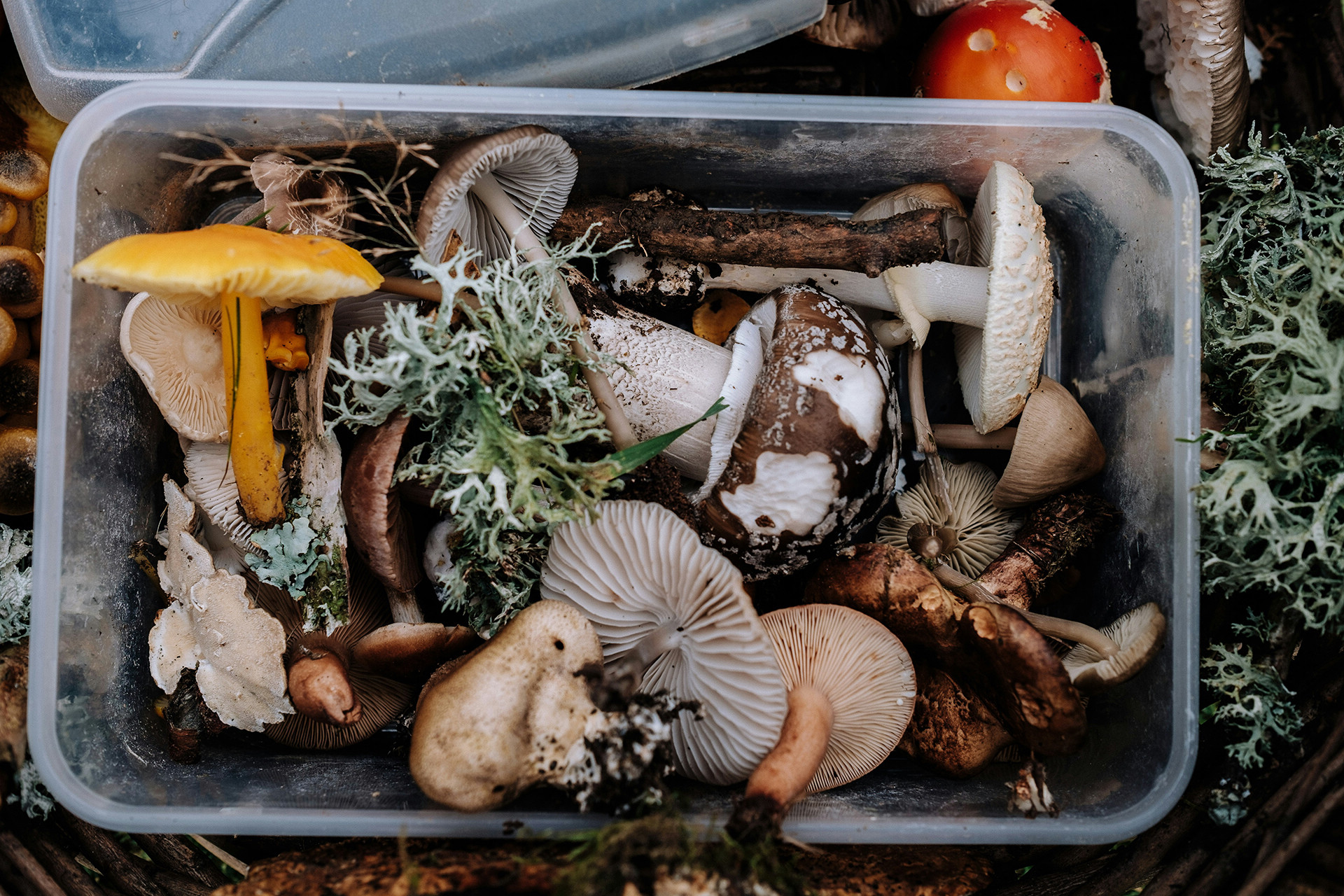News
What Are Magic Mushrooms?
Create Time:2025-05-14 Source: Shenzhen LTQ VAPOR Electronics Co.,Ltd
What Are Magic Mushrooms?

Magic mushrooms, also known as psilocybin mushrooms, are a group of fungi that contain the psychoactive compounds psilocybin and psilocin. These mushrooms have been used for centuries in various cultures for spiritual, recreational, and medicinal purposes.
1. Classification and Types
Genus Psilocybe: The most well-known genus of magic mushrooms is Psilocybe, which includes over 200 species. Some common species include:
Psilocybe cubensis: Widely known for its potency and ease of cultivation. It is often found in tropical and subtropical regions.
Psilocybe semilanceata: Commonly known as the "liberty cap," it is one of the most potent species and is found in Europe and North America.
Psilocybe azurescens: Native to the Pacific Northwest of the United States, it is one of the most potent species.
Other Genuses: Other genera that contain psilocybin include Panaeolus, Gymnopilus, and Inocybe.
2. Active Compounds
Psilocybin: This is the primary psychoactive compound found in magic mushrooms. It is a prodrug, meaning it is metabolized into psilocin in the body.
Psilocin: This is the active metabolite of psilocybin and is responsible for the psychoactive effects. It acts on serotonin receptors in the brain, particularly the 5-HT2A receptor.
3. Effects
Psychedelic Experience: Magic mushrooms produce a range of effects, including visual and auditory hallucinations, altered perceptions of time and space, and profound emotional and spiritual experiences.
Duration: The effects typically last 4-6 hours, with the onset occurring within 20-60 minutes after ingestion.
Intensity: The intensity of the experience can vary widely depending on the dose, individual sensitivity, and environmental factors.
4. Uses
Recreational Use: Many people use magic mushrooms for recreational purposes to explore altered states of consciousness and enhance creativity.
Spiritual and Religious Use: Historically, magic mushrooms have been used in spiritual and religious ceremonies by indigenous cultures in Central and South America.
Therapeutic Potential: Modern research is exploring the therapeutic potential of psilocybin for treating conditions such as depression, anxiety, PTSD, and substance use disorders.
Clinical trials have shown promising results, leading to increased interest in its medical applications.
5. Safety and Risks
Physical Effects and Risks
Common Physical Side Effects: These can include nausea, vomiting, muscle weakness, lack of coordination, increased heart rate, blood pressure, and temperature, as well as headaches and yawning.
Accidents and Injuries: Disorientation or hallucinations may lead to risky behavior, such as wandering into unsafe areas or engaging in dangerous activities.
Poisoning: Magic mushrooms can be easily confused with poisonous mushrooms. Consuming toxic varieties can cause severe illness, organ damage, and even death.
Mental Effects and Risks
Psychological Side Effects: These can range from euphoria and a distorted sense of time to anxiety, paranoia, panic reactions, and hallucinations.
Bad Trips: High doses or adverse environmental factors can lead to frightening experiences, known as "bad trips," which may include severe anxiety, paranoia, and a distorted sense of reality.
Long-Term Effects: Some users report long-term changes in personality and flashbacks, known as Hallucinogen Persisting Perception Disorder (HPPD), long after the initial effects have worn off.
Interaction with Other Substances
Increased Risks: Combining magic mushrooms with other substances, such as alcohol, cannabis, or amphetamines, can elevate the risks of serious side effect


